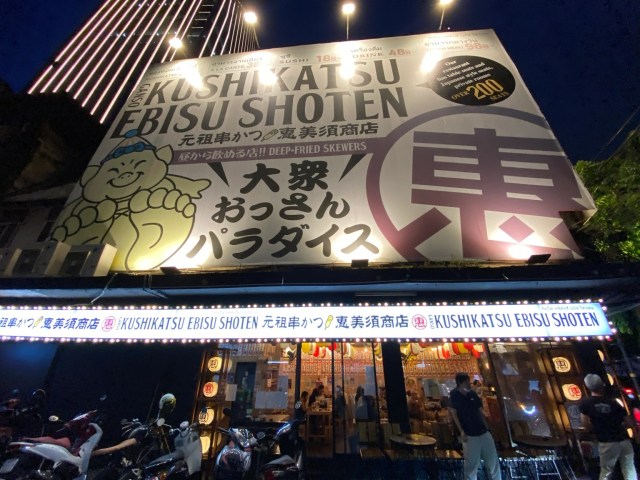
Thankfully our reporter lived to tell the tale.
If we had to say one thing about our Japanese language reporter Ikuna Kamezawa, it’s that she loves to travel. If we had to say one more thing about Ikuna, it’s that she loves finding Japanese restaurants in other countries. Whether it’s French ramen or Indian sushi, Ikuna is always happy to chow down on other countries’ takes on Japanese cuisine.
Her recent travels took her to the streets of Bangkok, Thailand, although you might be forgiven for initially thinking Ikuna was still somewhere in Japan, given the number of signs written in Japanese in this picture. In fact, something Ikuna finds particularly charming about Bangkok is the abundance of Japanese signs out and about, which at times makes her feel like she’s travelling somewhere closer to home, like Okinawa.
But amongst all the Japanese restaurants dotting the streets of Thailand, Ikuna found one spot that managed to ‘out-Japanese’ all the rest; so much so that it felt like someone had teleported it directly from the middle of Osaka.
Ikuna had found an izakaya, a Japanese traditional pub. It’s called Ganso Kushikatsu Ebisu Shoten and has a huge neon sign proclaiming the place “a paradise for the common man“. More specifically, the term used for ‘man’ is ‘ossan‘, but ‘paradise for the middle-aged-and-slightly-uncool-common-man’ isn’t quite as punchy in English.
The pub specialises in kushikatsu, delicious deep-fried sticks of pretty much anything tasty. And while Ikuna was decidedly not an ossan, she couldn’t say no to a spot of kushikatsu, and decided to check it out.
It turned out this place is a paradise for ossan and non-ossan alike, as the restaurant was absolutely packed! By some stroke of luck, Ikuna was able to be seated quickly, but this was one of her first experiences in an izakaya unaccompanied. Izakaya pubs are usually a place to relax with some drinks and share a few nibbles with friends, and Ikuna was a little worried people might judge her for being there by herself. But as she looked around, she saw that she wasn’t the only solo diner there that night. In fact, there were a lot of old guys there by themselves, whom Ikuna suspected were Japanese ossan living in Thailand.
Ikuna was ready to order, and she was handed a form written entirely in Japanese. The menu for things available to deep-fry included shrimp, fish, shiitake mushrooms, lotus root, pumpkin and, strangely, popular Japanese sweet Yukimi Daifuku.
There was also an a la carte menu with sashimi, pickles, sushi, curry, hot pots, soba noodles…
… and rice dishes and tempura were also available to order.
To get things started, Ikuna ordered the seared mackerel, which cost 148 baht (US$4.20). While there’s an image of food in Thailand being very cheap, this was around the same price you’d expect to pay for seared mackerel in Japan. It wasn’t just the price that resembled that of Ikuna’s home country, though, but the flavor too, as the dish tasted delicious, just as good as she’d expect it to in a restaurant in Japan!
Of course, no trip to the izakaya is complete without a cheeky beer or two, and luckily the Thai izakaya has Asahi Super Dry on tap. One glass cost 135 baht (US$3.84) — again, about what you’d expect to pay in Japan.
Next up were the kushikatsu. They were deep-fried to perfection, and looked absolutely divine.
They didn’t just look good, though; they tasted amazing, too. In fact, Ikuna thought they tasted better than what most kushikatsu restaurants serve back in Japan.
It wasn’t just the kushikatsu that was good, either. Osaka’s famous tonpeiyaki (okonomiyaki with grilled pork) tasted just like it does in Japan. While soy sauce is available pretty much anywhere in the world, okonomiyaki sauce isn’t as easy to get your hands on outside of Japan.
But actually, there’s a certain menu on the item that Ikuna had come in specifically to try. The ‘forbidden’ dish on the menu. So forbidden is this dish that it was actually banned from being served in restaurants in Japan back in 2012, after it was deemed unsafe due to the potential risk of E. coli. But in Thailand, a number of restaurants are still serving it, including the izakaya Ikuna was in.
The dish in question is…
▼ Liver sashimi – 98 Baht (US$2.78)
Liver sashimi, specifically raw cow liver, can’t be sold at restaurants in Japan by law, but it was a very popular dish with salarymen back in the day. If you’ve been missing the delicious, uncooked taste of raw beef liver, this pub might be the perfect place for you — just be aware of the potential health risks.
▼ Raw egg with rice – 68 baht (US$1.93)
As well as raw liver sashimi, the restaurant also offers rice with a raw egg on top. Such a dish is commonplace in Japan, but in some other countries eating a raw egg is absolutely unthinkable. Ikuna was pretty surprised that she was able to eat raw egg in a tropical country like Thailand, and got so excited that she ended up doing what most people do when they visit an izakaya, and got pretty tipsy.
All in all, Ganso Kushikatsu Ebisu Shoten was like a little piece of Japan right in the heart of Bangkok. Even as she looked around, about 70 percent of the customers in the izakaya that day were from Japan, and the room was filled with people chatting happily in Japanese. Ikuna suspected around half of the Japanese customers were people who lived in Thailand, and for those missing home-country grub, this izakaya must be, as the sign outside said, a paradise for them.
If you’re in Bangkok and are craving for some decent Japanese food, check out Ganso Kushikatsu Ebisu Shoten. If the pub is full to the brim with ossan and doesn’t have any available seats, though, this philosophical Japanese restaurant located nearby might have a table or two free.
Restaurant information
Ganso Kushikatsu Ebisu Shoten
Address: 12, 14-16 Soi Sukhumvit 26, Klongtan, Klongtoey, Bangkok 10110, Thailand
Open 11:30 a.m – midnight
Photos © SoraNews24
● Want to hear about SoraNews24’s latest articles as soon as they’re published? Follow us on Facebook and Twitter!

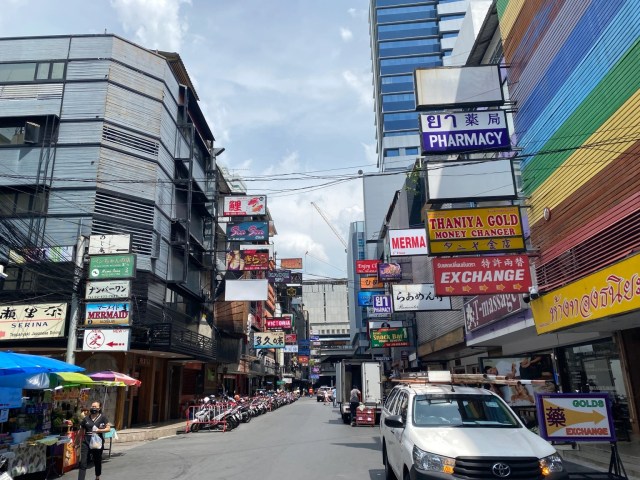


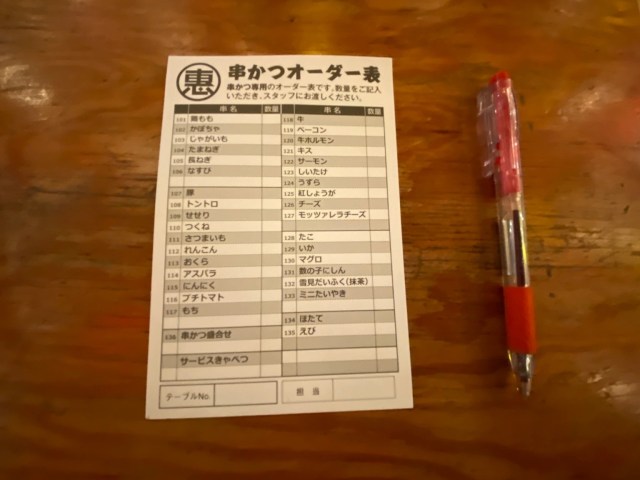
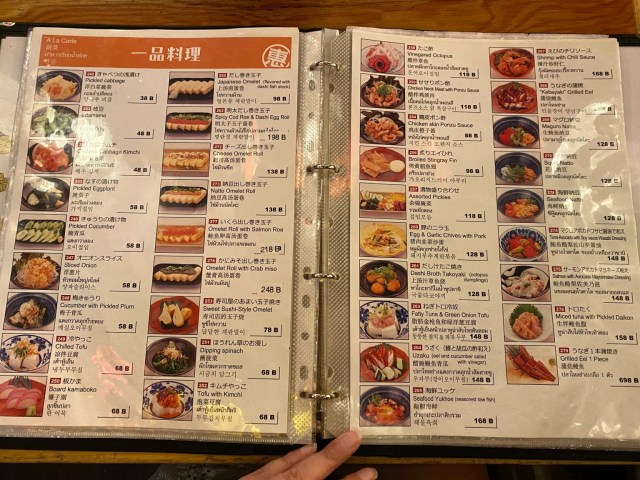
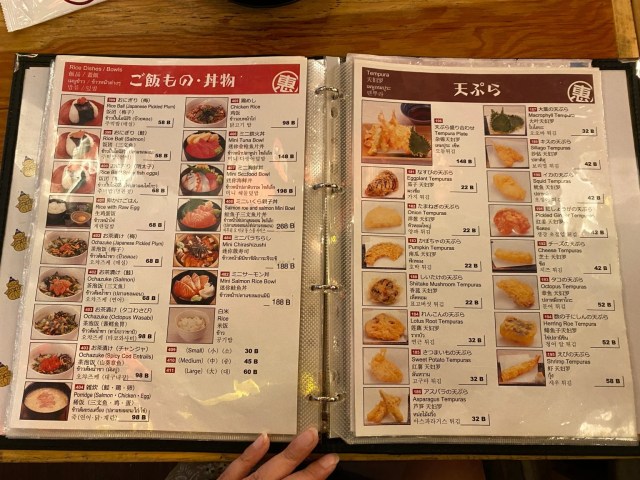
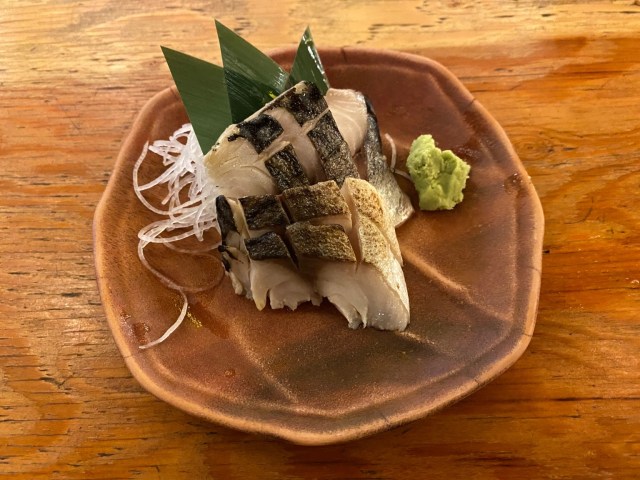
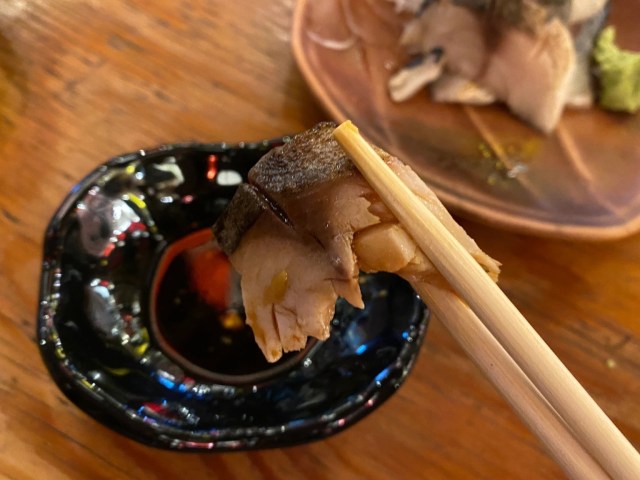
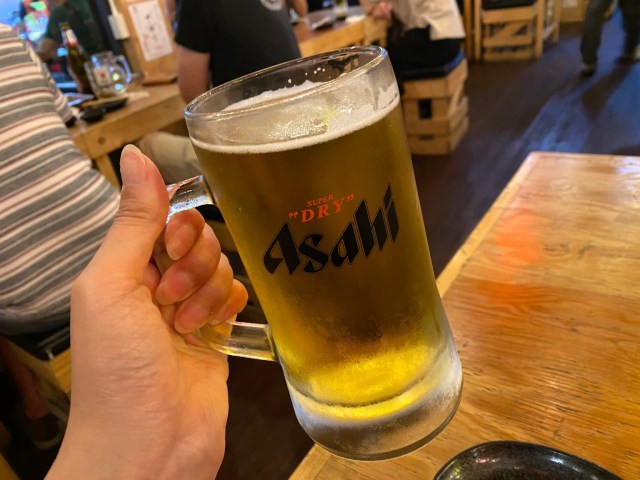
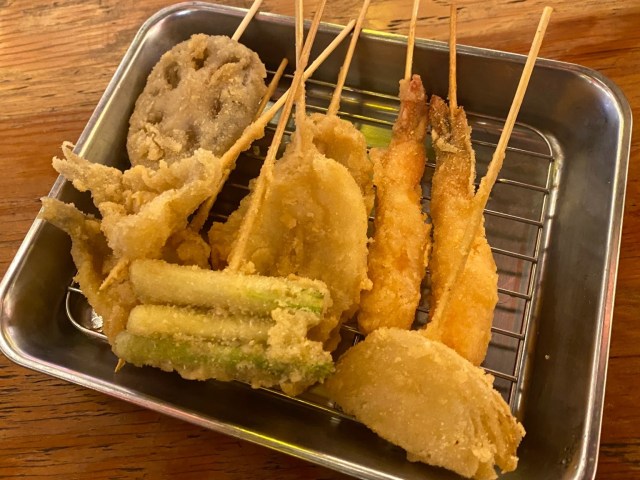
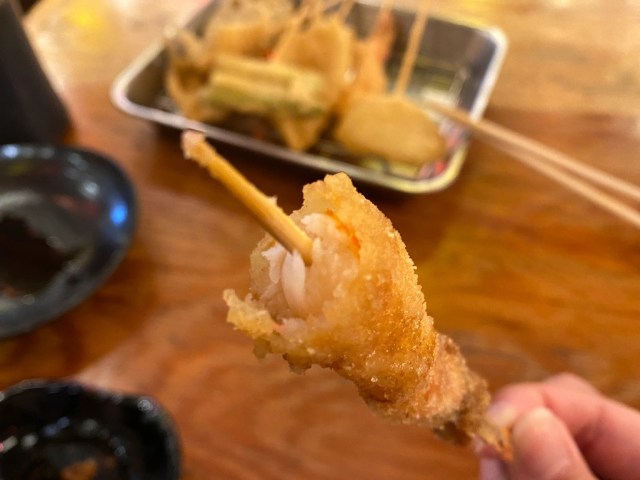
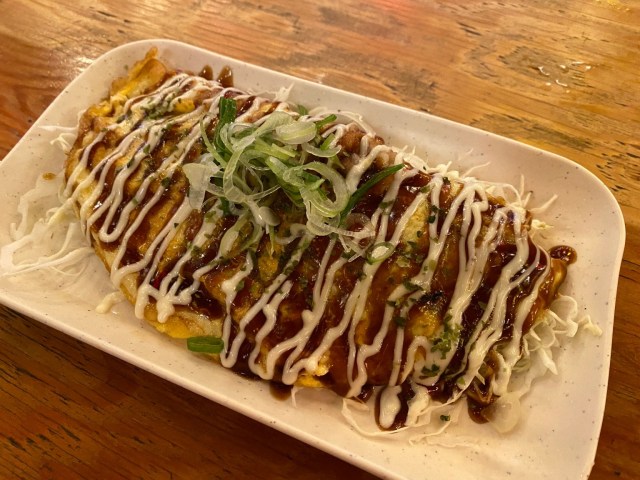
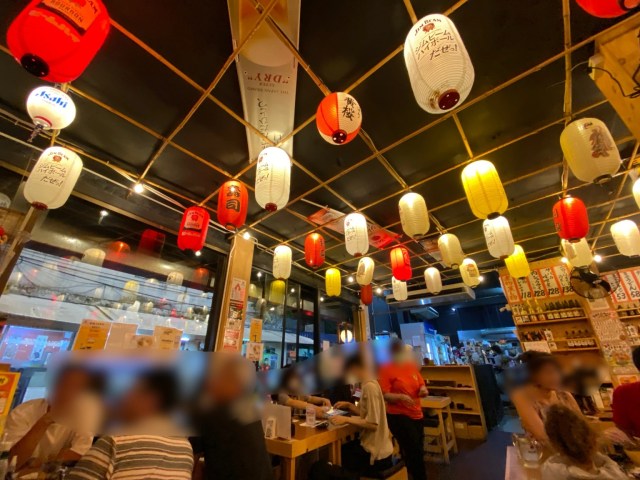
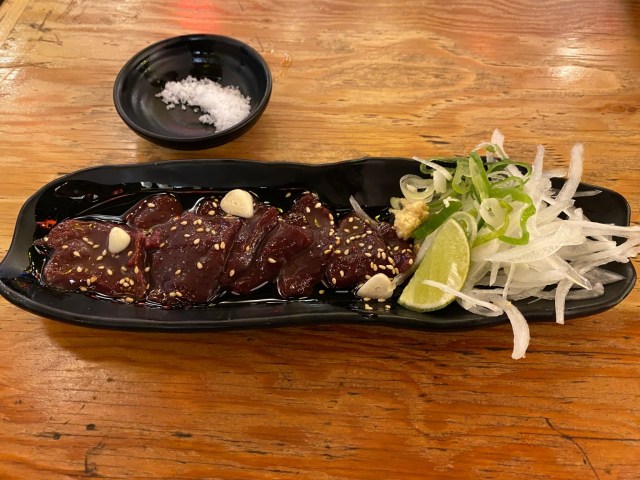
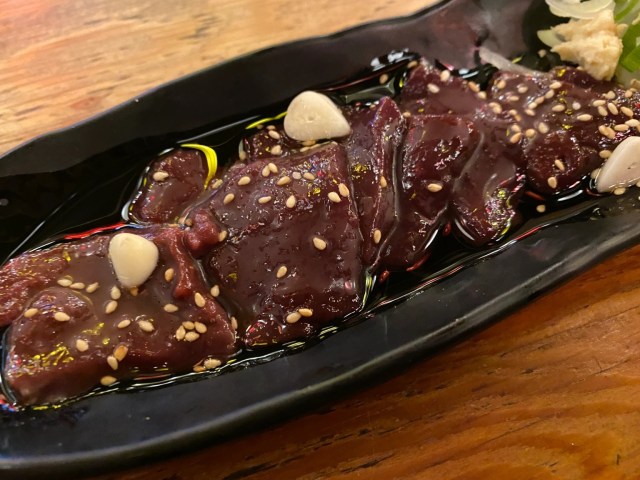
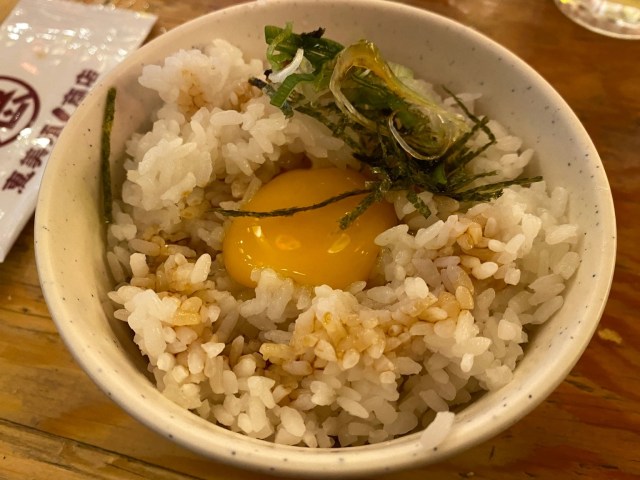
 Hey, Thai tuk-tuk driver! Take us to the best Thai restaurant in this part of Bangkok!
Hey, Thai tuk-tuk driver! Take us to the best Thai restaurant in this part of Bangkok! We visit a restaurant called ‘Otaku’ in France, eat some otaku sushi
We visit a restaurant called ‘Otaku’ in France, eat some otaku sushi “Hey Singaporean taxi driver! Take us to the best restaurant in Singapore!”
“Hey Singaporean taxi driver! Take us to the best restaurant in Singapore!” We try a rotating sushi restaurant in New Delhi, are surprised to find no rotating sushi
We try a rotating sushi restaurant in New Delhi, are surprised to find no rotating sushi We visit a ramen bar in Croatia, meet a whole new version of ramen we can’t wait to make at home
We visit a ramen bar in Croatia, meet a whole new version of ramen we can’t wait to make at home Foreigner’s request for help in Tokyo makes us sad for the state of society
Foreigner’s request for help in Tokyo makes us sad for the state of society Seaside scenery, history, and so many desserts on Yokohama’s Akai Kutsu【Japan Loop Buses】
Seaside scenery, history, and so many desserts on Yokohama’s Akai Kutsu【Japan Loop Buses】 Mikado Coffee is a 76-year-old coffee chain with a major celebrity connection
Mikado Coffee is a 76-year-old coffee chain with a major celebrity connection Japan’s summertime towelket pillowcases are even better with the addition of Ghibli stars【Photos】
Japan’s summertime towelket pillowcases are even better with the addition of Ghibli stars【Photos】 Japanese ramen restaurants under pressure from new yen banknotes
Japanese ramen restaurants under pressure from new yen banknotes Should you add tartar sauce to Japanese curry rice? CoCo Ichi makes diners an unusual offer
Should you add tartar sauce to Japanese curry rice? CoCo Ichi makes diners an unusual offer Akihabara pop-up shop sells goods made by Japanese prison inmates
Akihabara pop-up shop sells goods made by Japanese prison inmates Do Hi-Chew-flavor Hi-Chews have a reason to exist?【Taste test】
Do Hi-Chew-flavor Hi-Chews have a reason to exist?【Taste test】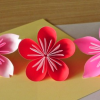 Beyond sakura: How to tell a cherry blossom from a plum or peach flower
Beyond sakura: How to tell a cherry blossom from a plum or peach flower Japan’s massive matcha parfait weighs 6 kilos, contains hidden surprises for anyone who eats it
Japan’s massive matcha parfait weighs 6 kilos, contains hidden surprises for anyone who eats it McDonald’s new Happy Meals offer up cute and practical Sanrio lifestyle goods
McDonald’s new Happy Meals offer up cute and practical Sanrio lifestyle goods French Fries Bread in Tokyo’s Shibuya becomes a hit on social media
French Fries Bread in Tokyo’s Shibuya becomes a hit on social media Studio Ghibli releases new action figures featuring Nausicaä of the Valley of the Wind characters
Studio Ghibli releases new action figures featuring Nausicaä of the Valley of the Wind characters Red light district sushi restaurant in Tokyo shows us just how wrong we were about it
Red light district sushi restaurant in Tokyo shows us just how wrong we were about it New private rooms on Tokaido Shinkansen change the way we travel from Tokyo to Kyoto
New private rooms on Tokaido Shinkansen change the way we travel from Tokyo to Kyoto Tokyo Tsukiji fish market site to be redeveloped with 50,000-seat stadium, hotel, shopping center
Tokyo Tsukiji fish market site to be redeveloped with 50,000-seat stadium, hotel, shopping center Beautiful Ghibli sealing wax kits let you create accessories and elegant letter decorations【Pics】
Beautiful Ghibli sealing wax kits let you create accessories and elegant letter decorations【Pics】 Japanese city loses residents’ personal data, which was on paper being transported on a windy day
Japanese city loses residents’ personal data, which was on paper being transported on a windy day Studio Ghibli releases Kiki’s Delivery Service chocolate cake pouches in Japan
Studio Ghibli releases Kiki’s Delivery Service chocolate cake pouches in Japan New definition of “Japanese whiskey” goes into effect to prevent fakes from fooling overseas buyers
New definition of “Japanese whiskey” goes into effect to prevent fakes from fooling overseas buyers Our Japanese reporter visits Costco in the U.S., finds super American and very Japanese things
Our Japanese reporter visits Costco in the U.S., finds super American and very Japanese things All-you-can-drink Starbucks and amazing views part of Tokyo’s new 170 meter-high sky lounge
All-you-can-drink Starbucks and amazing views part of Tokyo’s new 170 meter-high sky lounge More foreign tourists than ever before in history visited Japan last month
More foreign tourists than ever before in history visited Japan last month New Pokémon cakes let you eat your way through Pikachu and all the Eevee evolutions
New Pokémon cakes let you eat your way through Pikachu and all the Eevee evolutions Disney princesses get official manga makeovers for Manga Princess Cafe opening in Tokyo
Disney princesses get official manga makeovers for Manga Princess Cafe opening in Tokyo Sales of Japan’s most convenient train ticket/shopping payment cards suspended indefinitely
Sales of Japan’s most convenient train ticket/shopping payment cards suspended indefinitely Sold-out Studio Ghibli desktop humidifiers are back so Totoro can help you through the dry season
Sold-out Studio Ghibli desktop humidifiers are back so Totoro can help you through the dry season Japanese government to make first change to romanization spelling rules since the 1950s
Japanese government to make first change to romanization spelling rules since the 1950s Ghibli founders Toshio Suzuki and Hayao Miyazaki contribute to Japanese whisky Totoro label design
Ghibli founders Toshio Suzuki and Hayao Miyazaki contribute to Japanese whisky Totoro label design Doraemon found buried at sea as scene from 1993 anime becomes real life【Photos】
Doraemon found buried at sea as scene from 1993 anime becomes real life【Photos】 Tokyo’s most famous Starbucks is closed
Tokyo’s most famous Starbucks is closed One Piece characters’ nationalities revealed, but fans have mixed opinions
One Piece characters’ nationalities revealed, but fans have mixed opinions We asked a Uniqlo employee what four things we should buy and their suggestions didn’t disappoint
We asked a Uniqlo employee what four things we should buy and their suggestions didn’t disappoint Princesses, fruits, and blacksmiths: Study reveals the 30 most unusual family names in Japan
Princesses, fruits, and blacksmiths: Study reveals the 30 most unusual family names in Japan Our Japanese language reporter gets lucky with Vietnam McDonald’s Prosperity Beef Burger
Our Japanese language reporter gets lucky with Vietnam McDonald’s Prosperity Beef Burger Ramen and girls bar: Where you can talk to women who aren’t dressed like hosts or maids
Ramen and girls bar: Where you can talk to women who aren’t dressed like hosts or maids Have you tried Tokushima ramen? No? You should (says our obsessed Japanese-language reporter)
Have you tried Tokushima ramen? No? You should (says our obsessed Japanese-language reporter) Our reporter orders food from Uber Eats, falls in love, learns that fate works in mysterious ways
Our reporter orders food from Uber Eats, falls in love, learns that fate works in mysterious ways McDonald’s breakfast menu in Hong Kong is like nothing we’ve ever seen in Japan
McDonald’s breakfast menu in Hong Kong is like nothing we’ve ever seen in Japan We try European Cup Noodle Soba flavors to see which ones come out on top 【Taste test】
We try European Cup Noodle Soba flavors to see which ones come out on top 【Taste test】 Japanese confectionery store Toraya serves up a surprising meal in Paris
Japanese confectionery store Toraya serves up a surprising meal in Paris Our reporters try a yakiniku sauce called “Even Women Garlic” to figure out what that means
Our reporters try a yakiniku sauce called “Even Women Garlic” to figure out what that means Taste-testing Japan’s beef tongue/gacha beef vending machine in Sendai【Taste test】
Taste-testing Japan’s beef tongue/gacha beef vending machine in Sendai【Taste test】 We went out of our comfort zone and tried barbecued camel meat at a market in Morocco
We went out of our comfort zone and tried barbecued camel meat at a market in Morocco Do people in Osaka really eat crunchy fried noodles with curry? We ask a local, then try it out
Do people in Osaka really eat crunchy fried noodles with curry? We ask a local, then try it out Japan’s big eats just got even bigger at this little-known cafe
Japan’s big eats just got even bigger at this little-known cafe We stumbled upon “Pudding Street” in Hanoi, so of course we had to investigate
We stumbled upon “Pudding Street” in Hanoi, so of course we had to investigate We get our hands on a coveted Yodobashi lucky bag, this time the beauty and health gadget box
We get our hands on a coveted Yodobashi lucky bag, this time the beauty and health gadget box The McDonald’s Hokkaido Salmon Burger is a sell-out hit…outside of Japan【Taste test】
The McDonald’s Hokkaido Salmon Burger is a sell-out hit…outside of Japan【Taste test】
Leave a Reply